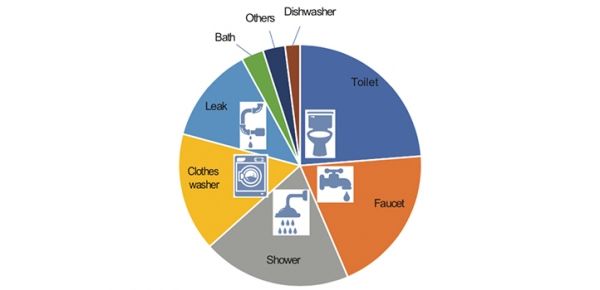A novel salt-tolerant bacterium cultured from the Red Sea effectively removes nitrogen from salty wastewater, suggests research from Pascal Saikaly’s team at KAUST. The bacterium could be used to treat sewage coming from toilets that use seawater for flushing in place of freshwater.
Less than one percent of Earth’s water is fresh and also accessible for human use. The world’s population is expected to grow to about ten billion by 2050 and will continue to place increasing pressure on this already rare resource.
Currently, toilet flushing accounts for about 30 percent of the world’s total domestic water demand, with an average human flushing a whopping 50 liters per day. Using seawater to flush toilets could partially alleviate pressure on freshwater resources.
“Seawater toilet flushing is already in practice in Hong Kong, Singapore and Tokyo,” says KAUST research scientist Muhammad Ali. “More coastal cities are likely to follow suit to reduce their dependence on freshwater resources and energy-intensive desalination. But the high salt content in the wastewater from seawater toilet flushing limits the performance of conventional nitrogen-removing bacteria used in treatment processes because they have low salt tolerance.”
Continue reading at King Abdullah University of Science and Technology
Image via King Abdullah University of Science and Technology


